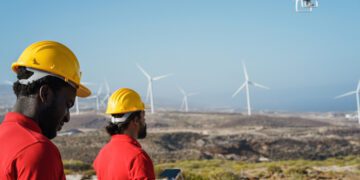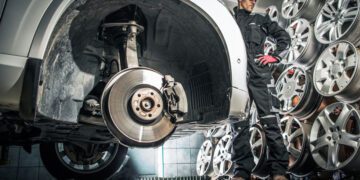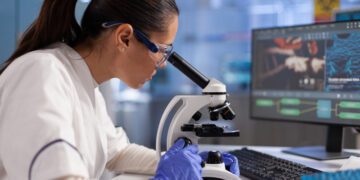Bioprocessing, the use of living organisms or their components to produce desired products, is an integral pillar of modern drug production. As the demand for complex biopharmaceuticals rises, so does the need for advanced bioprocessing techniques that can meet these demands efficiently and sustainably. “At the intersection of biology and engineering, bioprocessing stands as a testament to mankind’s ability to harness nature’s machinery for therapeutic wonders.”
Bioreactors: The Heart of Bioprocessing
Bioreactors are specialized vessels that provide an optimal environment for cells or microorganisms to grow, facilitating the production of desired compounds. Advancements in bioreactor design and sensor technology allow for real-time monitoring and adjustments, optimizing yields and shortening production times.
Cell Culture Innovations: Enhancing Yield and Quality
Producing high-quality biopharmaceuticals requires cell cultures that are both robust and efficient. Innovations like perfusion cell culture systems allow for continuous removal and addition of media, ensuring that cells remain in their growth phase for extended periods, thus increasing productivity.
Downstream Processing: From Raw to Refined
Once a product is produced within a bioreactor, it needs to be isolated and purified. This downstream process has seen advancements in chromatography techniques and filtration systems, ensuring that the final product is of the highest purity and quality.
Continuous Manufacturing: A Shift from Batch Processing
Traditionally, bioprocessing was done in batches. However, there’s a growing shift towards continuous manufacturing. This approach offers several advantages, including consistent product quality, reduced production times, and increased efficiency.
Sustainability in Bioprocessing: An Eco-conscious Approach
As with all industries, sustainability is becoming a key concern in bioprocessing. From reducing water usage to implementing renewable energy sources in production facilities, the biopharmaceutical industry is taking steps to minimize its ecological footprint.




















